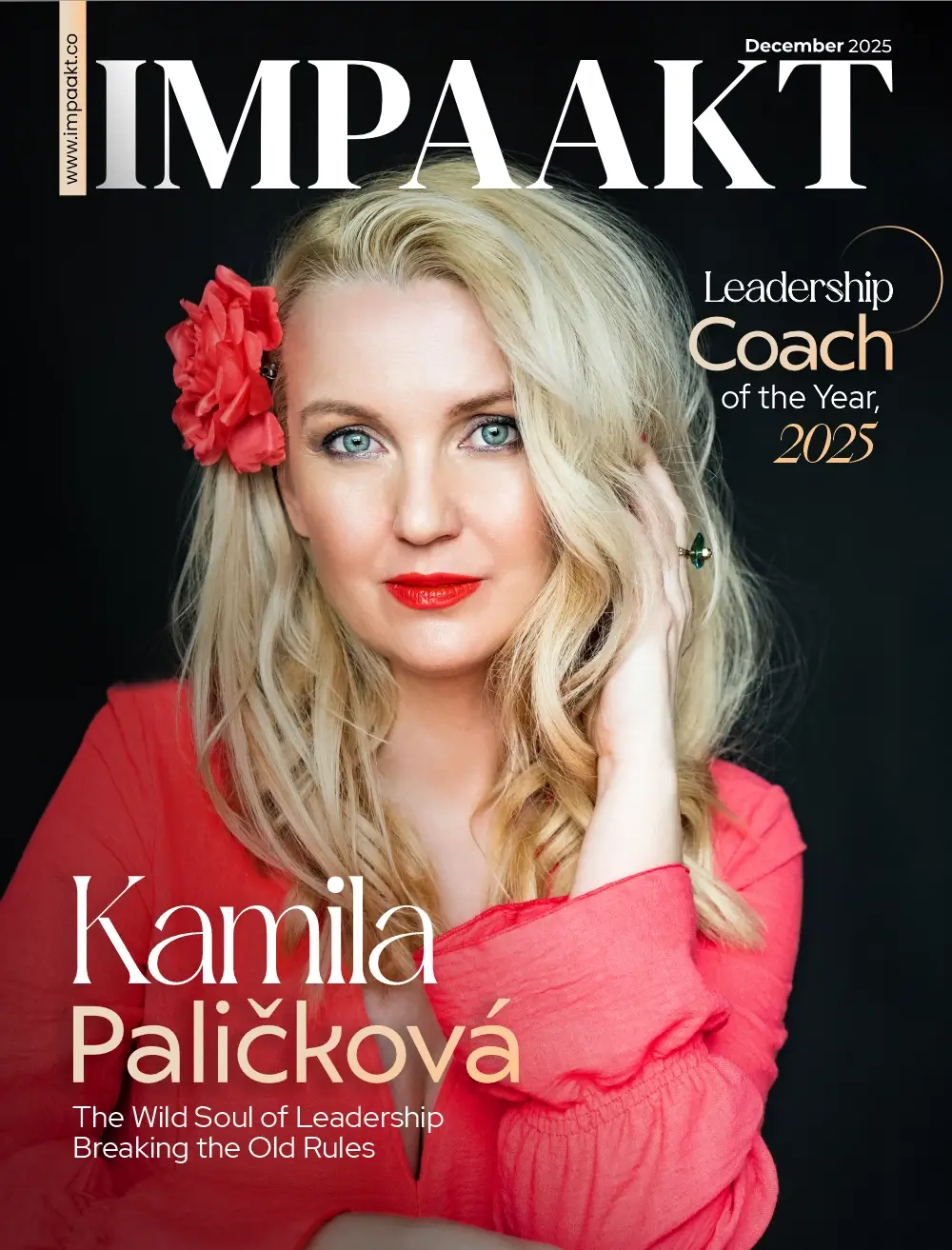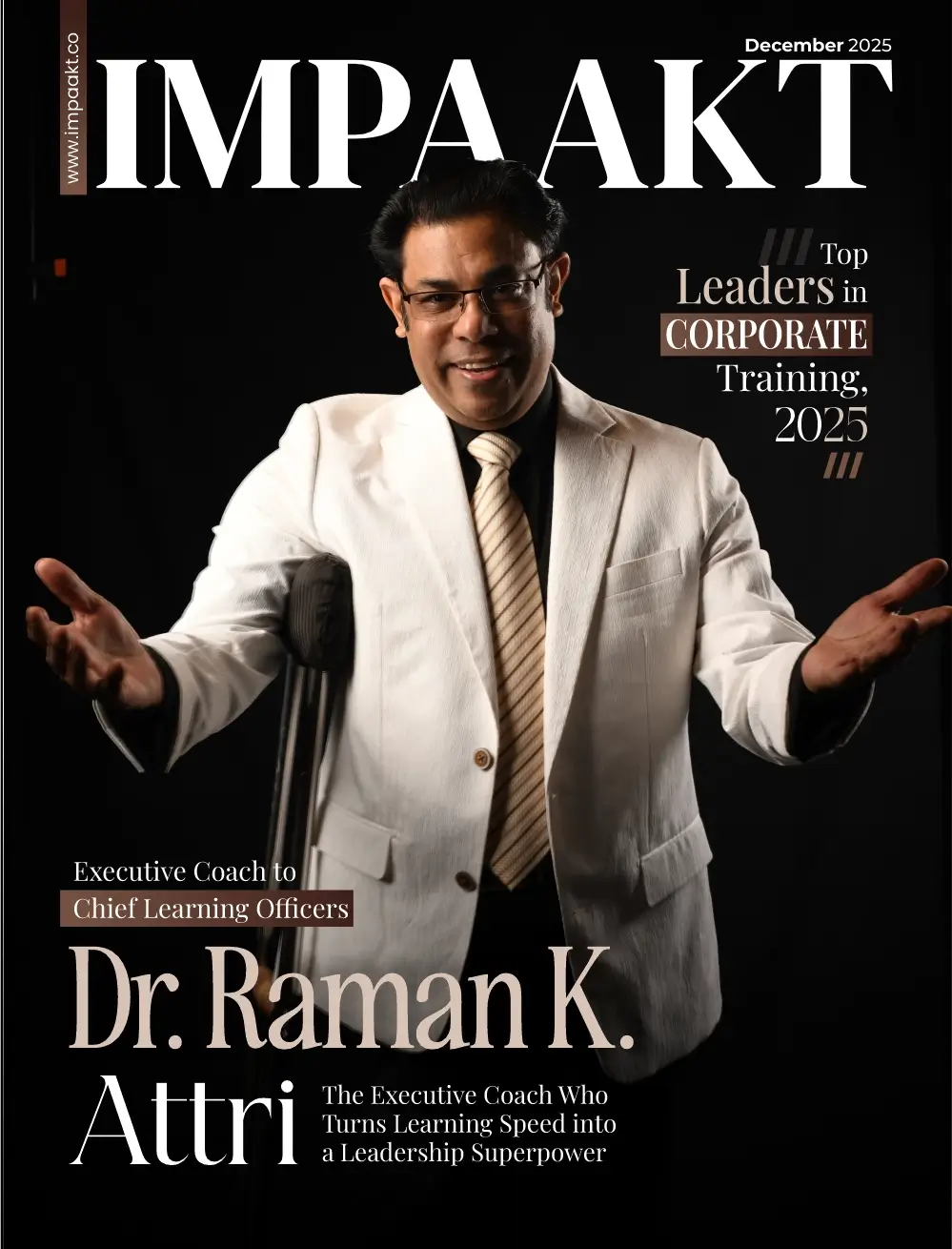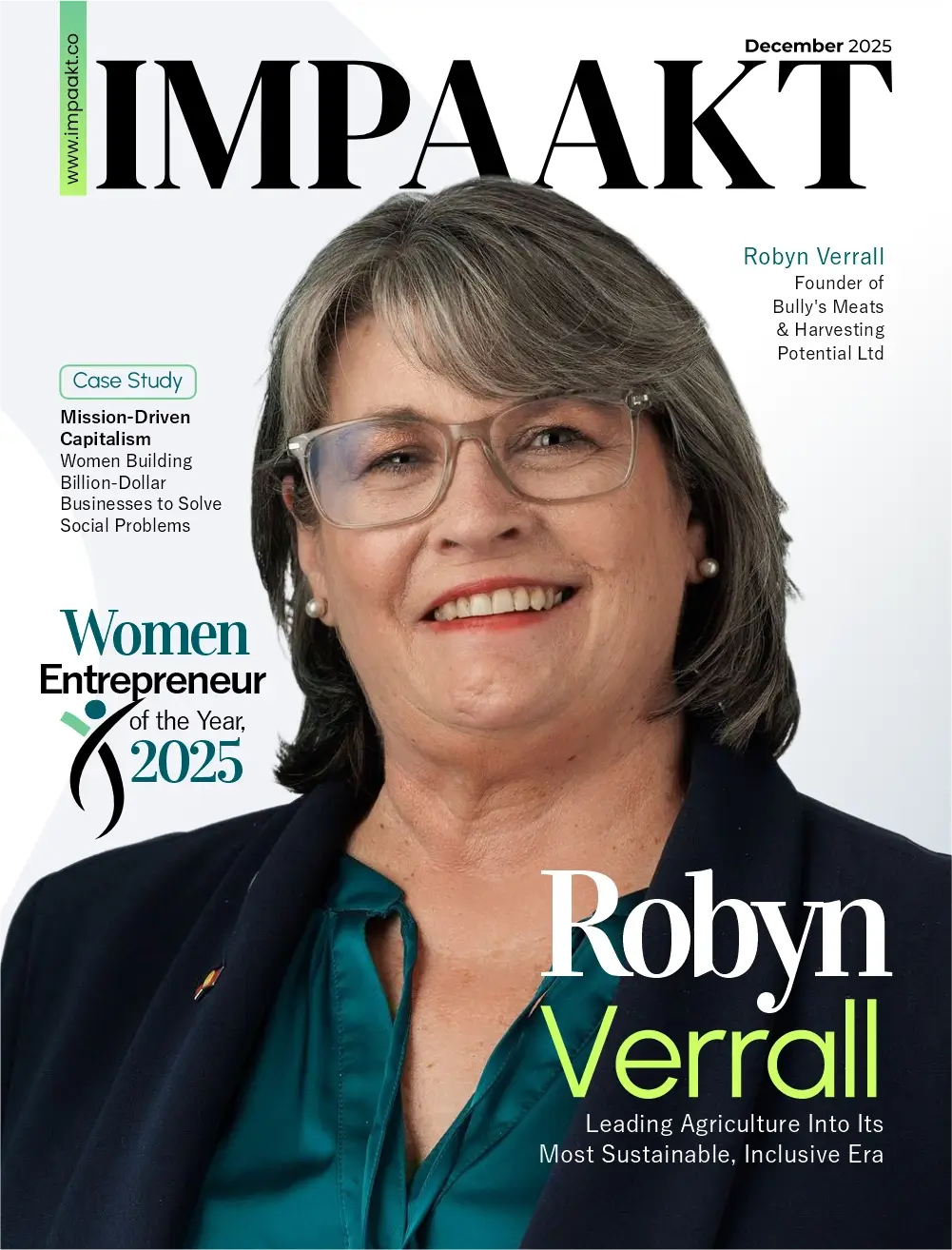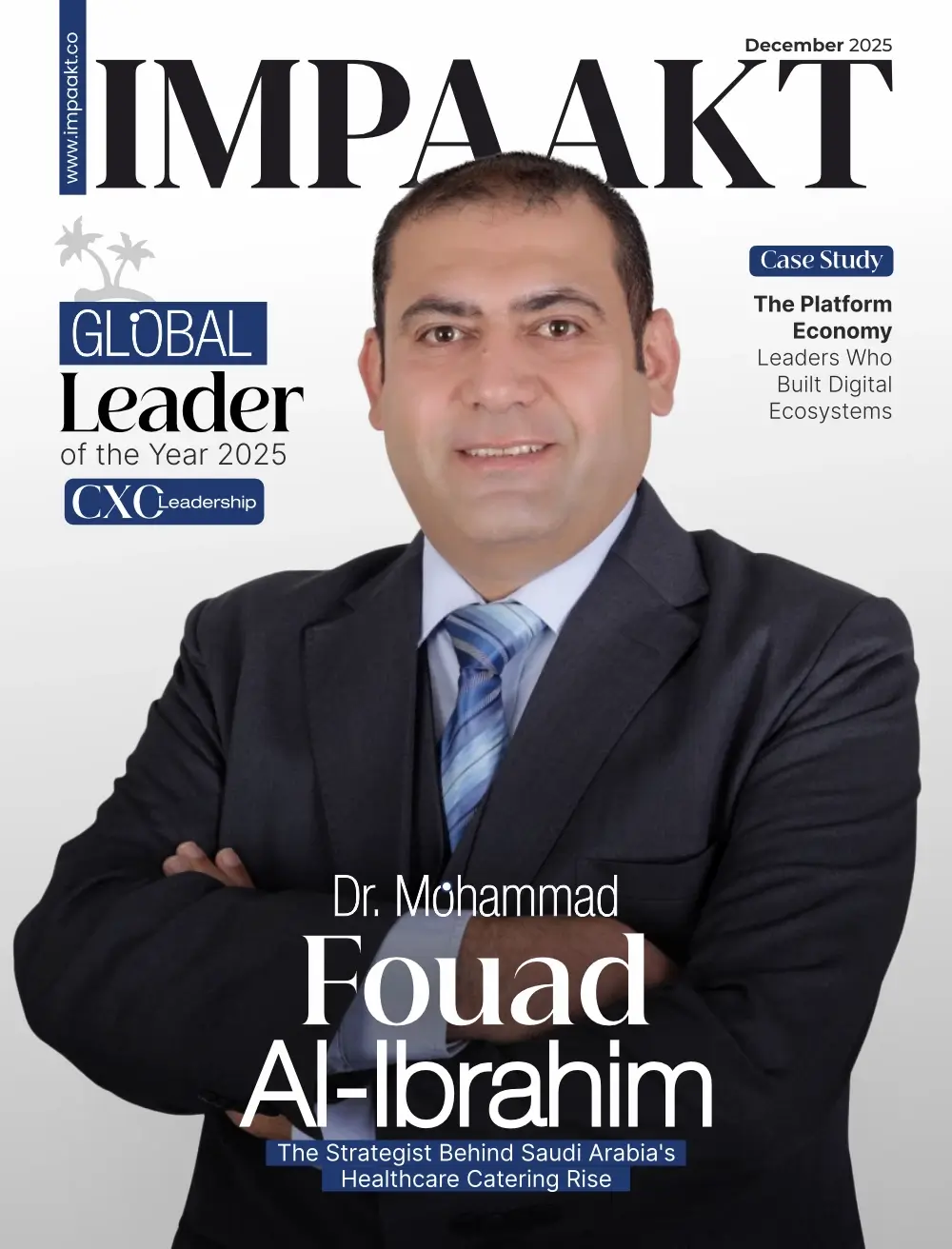For decades, insurance has been something people buy, manage, and—too often—forget until disaster strikes. It sat in the background of financial planning, often perceived as a necessary expense rather than a value-adding service. But a quiet revolution is underway, one that is transforming insurance from a standalone product into something far more seamless: an invisible layer of protection built directly into the fabric of everyday life.
This is the promise of embedded insurance—coverage that doesn’t need to be purchased in a separate transaction but comes packaged within the experiences, services, or products consumers already use. It’s not a buzzword; it’s one of the most significant innovations redefining the future of the industry. And for insurers, it represents both a challenge and an unprecedented growth opportunity.
What “Invisible Insurance” Really Means
To call insurance “invisible” is not to say it disappears. Rather, it becomes frictionless. Think about booking a flight and having travel coverage automatically included. Or driving a new car and activating pay-per-mile insurance through the car’s connected system. Or buying a smartphone with theft and damage protection baked into the checkout process.
In each of these cases, the insurance product exists—but it no longer requires consumers to make a separate, often complicated, purchasing decision. Instead, it becomes a native part of the customer journey.
For the modern consumer, this is convenience at its best. For insurers and their partners, it’s an opportunity to reach millions more customers, particularly those who might never have engaged with traditional insurance channels.
Why Embedded Insurance is Gaining Ground
Several forces are converging to make embedded insurance more than just a trend:
- Consumer Expectations of Convenience
Today’s customers expect everything to be instant and integrated. If they can get a mortgage online in minutes, why should buying insurance involve long forms and multiple touchpoints? - Digital Ecosystems Driving Distribution
Platforms in mobility, retail, travel, and fintech are building ecosystems where consumers already spend their time and money. Embedding insurance into these ecosystems is both natural and valuable. - Data and Personalization
With telematics, IoT devices, and real-time analytics, insurers can offer coverage that adapts to usage and behavior. Embedded products become not only accessible but also personalized. - Untapped Markets
Billions of people worldwide remain uninsured or underinsured. Embedded insurance provides an entry point to bring coverage to populations who might otherwise never seek it out.
From Product to Experience
Traditional insurance often feels transactional: buy a policy, pay a premium, file a claim. Embedded insurance shifts the model to being experiential. It is contextual, appearing exactly when and where the customer needs it, often in real time.
This has profound implications for brand perception. Instead of being seen as the company that sends bills or denies claims, insurers can become the enablers of safe, confident experiences. Protection becomes part of the lifestyle, not an afterthought.
Take mobility as an example. As ride-sharing and car subscriptions grow, fewer people are purchasing personal auto insurance in the traditional sense. Instead, coverage is increasingly woven into the service itself—whether you’re a driver or passenger. Insurance, in this scenario, is not a separate checkbox but a built-in reassurance.
The Strategic Payoff for Insurers
For insurers, the shift toward invisibility comes with several advantages:
- Expanded Reach: Embedded models allow insurers to access entirely new customer bases via partnerships with retailers, banks, or tech firms.
- Higher Engagement: Products are delivered in context, meaning customers see insurance as relevant, not as a grudge purchase.
- Operational Efficiency: Digitally integrated policies reduce paperwork, distribution costs, and manual touchpoints.
- Loyalty by Association: When consumers trust the platform providing the service, the insurer benefits from that trust halo.
The numbers back up the potential. Global embedded insurance premiums are projected to reach hundreds of billions of dollars over the next decade, particularly in mobility, travel, retail, and small business coverage. For insurers looking to scale, ignoring this trend is not an option.
Challenges on the Road to Invisibility
Yet making insurance invisible is not without hurdles.
- Loss of Direct Relationship: If customers interact only with the platform, insurers risk becoming commoditized, hidden in the background.
- Complex Partnerships: Successful embedding requires strong collaboration between insurers, technology platforms, and distribution partners—often with competing priorities.
- Regulatory Complexity: As policies get bundled into other products, regulators will closely scrutinize compliance, pricing, and transparency.
- Trust and Claims Experience: No matter how seamless the purchase, if the claims process fails, customer trust collapses. Invisible insurance must still deliver visibly strong outcomes.
These challenges underline a key truth: invisibility in distribution must not mean invisibility in accountability. Insurers must remain clear, accessible, and reliable, even if the buying process is frictionless.
The Future: Insurance as an Embedded Utility
The long-term trajectory points toward insurance functioning more like a utility—always on, always there, and often unnoticed until needed. Just as we don’t think about switching on the electricity, consumers may soon stop thinking about “buying insurance” at all. It will simply be part of the services, devices, and platforms they already use.
For B2B leaders in insurance, this future demands a mindset shift. Competing solely on products is no longer enough. The winners will be those who master partnerships, data-driven personalization, and above all, customer trust.
Lessons for Industry Leaders
The rise of invisible insurance carries lessons not only for insurers but for any business operating in complex, competitive markets:
- Remove Friction Relentlessly: Customers gravitate toward simplicity. Integration wins over complexity every time.
- Think Ecosystems, Not Silos: Growth comes from being part of the customer’s broader journey, not just a standalone product.
- Balance Technology with Humanity: Invisible insurance cannot mean impersonal. The claims experience must remain empathetic and customer-centric.
- Innovation is About Context: The most successful innovations meet customers exactly where they are—not where the industry wishes them to be.
Conclusion: The Power of Invisibility
Insurance may never be the most glamorous industry. But its quiet reinvention into an invisible, embedded layer of protection is one of the boldest innovations reshaping financial services today.
When done right, invisibility is not absence—it is presence without friction. It is the peace of mind that comes not from filling out forms but from knowing you’re covered the moment you need it.
For insurers ready to embrace this shift, the path forward is clear: don’t just sell policies. Build protection into life itself. Because the future of insurance won’t be about being seen—it will be about being seamlessly, invisibly there.











